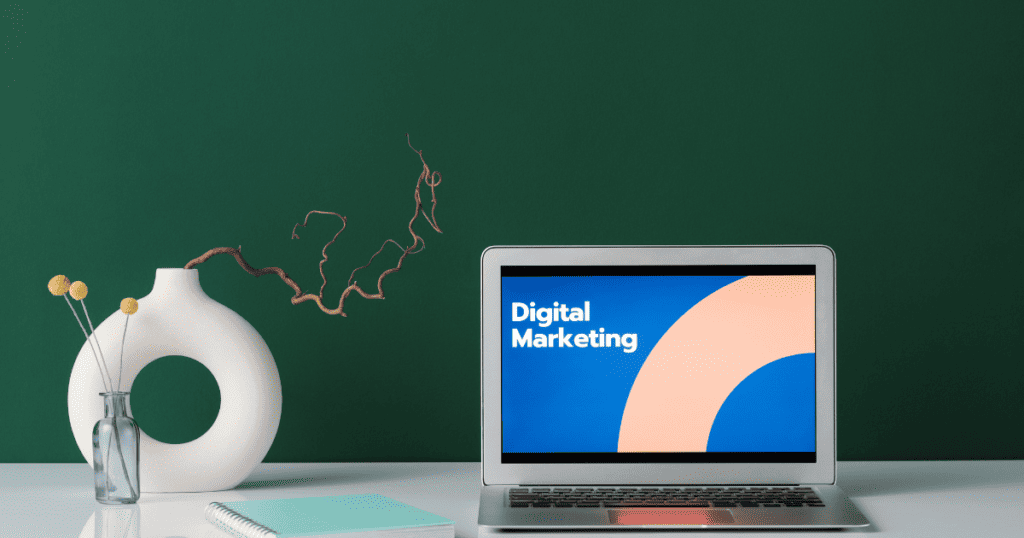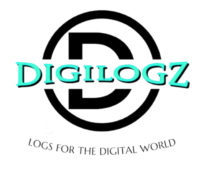An introduction to digital marketing for beginners.
Summary:
Discover the power of digital marketing with “Digital Marketing 101: A Beginner’s Guide to Getting Started.” This comprehensive guide is designed to provide beginners with the essential knowledge and strategies to excel in the digitized landscape. Learn how to identify your target audience, establish a strong online presence, leverage social media platforms, optimize your website for search engines, implement effective content marketing techniques, and measure campaign success through analytics. Packed with practical tips and real-world examples, this guide is your stepping stone to mastering digital marketing fundamentals. Empower yourself with the skills to make a significant impact online and achieve your business goals.
An introduction:
It is no secret that digital marketing has become an integral part of business success in today’s fast-paced and technology-driven world. A company can use the power of digital marketing to reach a wider audience, engage their customers and increase their brand awareness through the use of digital marketing. Our goal in this article is to explore what digital marketing is, how it can assist you in getting started, and what types of digital marketing you can utilize.
A brief description of digital marketing
Digital marketing involves using a variety of digital channels to promote the brand, product, or service being promoted. Several different channels of communication might be used, such as websites, social media platforms (such as Facebook, Instagram, youtube etc) search engines, emails, mobile apps, etc. Digital marketing is about connecting with customers, building brand awareness, and driving sales. Sometimes it is also called online marketing as it uses the internet as the medium.

How to Get Started with Digital Marketing
1. Set measurable and clear goals:
In order to achieve success in digital marketing, the first thing you should do is set clear and measurable goals. By defining what you want to achieve, whether it’s increasing website traffic, generating leads, or boosting sales, you can create a focused and effective digital marketing strategy.
2: Define Your Target Audience:
Knowing your target market is essential in digital advertising and marketing. Understanding their demographics, interests, and behavior will assist you in tailoring your message and content to closely resonate with them. Conduct market studies and conduct patron surveys to gain insights into your target audience.
3: Craft Your Message:
Your message needs to be clear, concise, and tailored to your target audience. It should highlight the actual value proposition of your brand, product, or service. You should focus on speaking about your pain points and solutions to your clients. Which will greatly increase your credibility and helps build your portfolio. Vital for digital marketing 101.
4: Choose the Right Channels:
There are many online marketing channels to select from, including social media, e-mail marketing, content marketing, SEO (search engine optimization), and paid advertising. Select the channels in an effort to make sure they align with your goals, target audience, and finances. Each channel has its own advantages and enables you to reach different segments of your target market. as a beginner in digital marketing, it is crucial that you find out which channel is best suitable for you and yields the best results.
5: Create a Content Strategy:
Content is king in digital advertising. Creating valuable and engaging content that resonates with your target market will help you build your brand’s awareness, drive traffic, and ultimately generate leads and income. Develop a content strategy that consists of blog posts, motion pictures, infographics, and other relevant content formats.
6: Implement and Measure Your Results:
Types of digital marketing
1: Search Engine Optimization:
Search Engine Optimization (SEO) is the practice of optimizing your website to rank higher in search engine results pages (SERPs). SEO boosts organic traffic to your website. Implementing SEO strategies including keyword studies, on-page optimization, and link building can improve your site’s search engine visibility.
2: Pay-Per-Click (PPC) advertising:
Pay-Per-Click advertising and marketing is a type of paid marketing in which advertisers pay each time a person clicks on their advert. This type of advertising is generally used in search engine and social media advertising. By creating a compelling copy of your advertisement and focusing on distinct key phrases, PPC campaigns can attract targeted site visitors to your website and boost conversions. This Includes Google Ads, Meta ads, Bing Ads, etc.
3: Social Media Marketing:
Social media marketing includes promoting your company’s logo, product, or service on social media platforms such as Facebook, Twitter, LinkedIn, and Instagram. These structures provide a powerful way to interact with your target market, build brand loyalty, and increase website traffic. Create a social media approach that focuses on growing attractive content, running campaigns, and fostering significant interactions with your followers.
4: Content marketing:
Content marketing is the process of creating valuable and customized content in order to attract and maintain a specific market. This kind of advertising and marketing can consist of blog posts, videos, infographics, podcasts, and more. (Also see types of content marketing)By constantly providing excellent content that addresses your audience’s needs and interests, you can establish your brand as a trustworthy authority. This will drive natural site visitors to your website.
5: Email marketing:
Email advertising is the practice of using e-mail to sell your brand, product, or service. It is an effective way to nurture leads, build trust with your clients, and drive conversions. Craft compelling e-mail campaigns that offer discounts, customize the content, and include call-to-actions to inspire recipients to take the action they want to take. It’s worth checking out the best e-mail marketing platforms in the market.
6: Affiliate marketing:
Affiliate marketing is an overall performance-driven advertising approach where corporations praise affiliates for promoting their products or services and generating income or conversions. Affiliates earn a commission for every successful referral they make. This form of marketing can extend your business reach and generate income through the use of associate partners’ networks and have an effect.
7: Mobile marketing:
Mobile advertising specializes in reaching target audiences through mobile devices, such as smartphones and tablet devices. Tactics like SMS advertising, mobile apps, mobile-optimized websites, and social media campaigns tailored for cellular devices can efficiently interact with cellular users. With the growing use of cell phones, it is becoming increasingly crucial to optimize your virtual advertising efforts for cell structures.
8: Marketing Analytics:
Marketing analytics is the process of measuring, dealing with, and reading advertising overall performance marketing records. This is done to optimize marketing techniques and tactics for better enterprise results. By leveraging multiple sources of information, including website analytics, social media metrics, and information about the behavior of customers, you can benefit from valuable insights to make informed decisions and improve the performance of virtual advertising and marketing campaigns.
Get the conversation going by adding comments and using Share (above) to send a link to this doc. It’s free! No subscription or sign-in necessary. [MW4]



